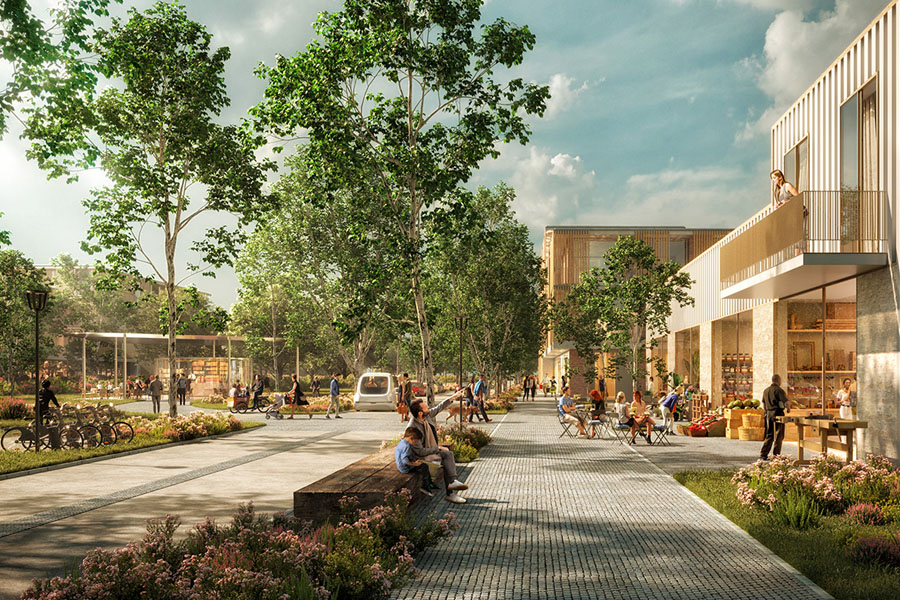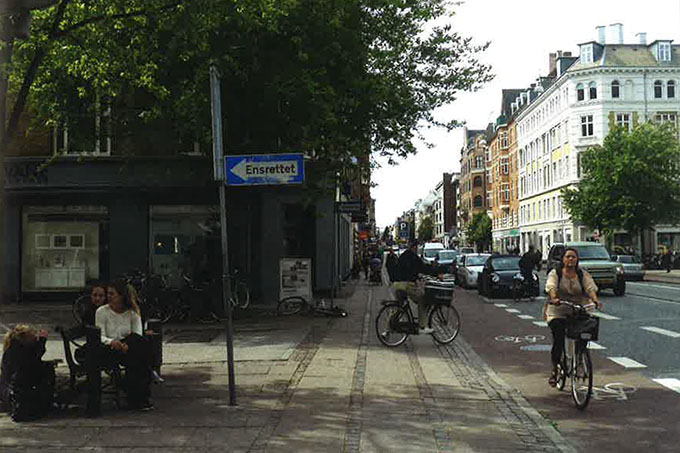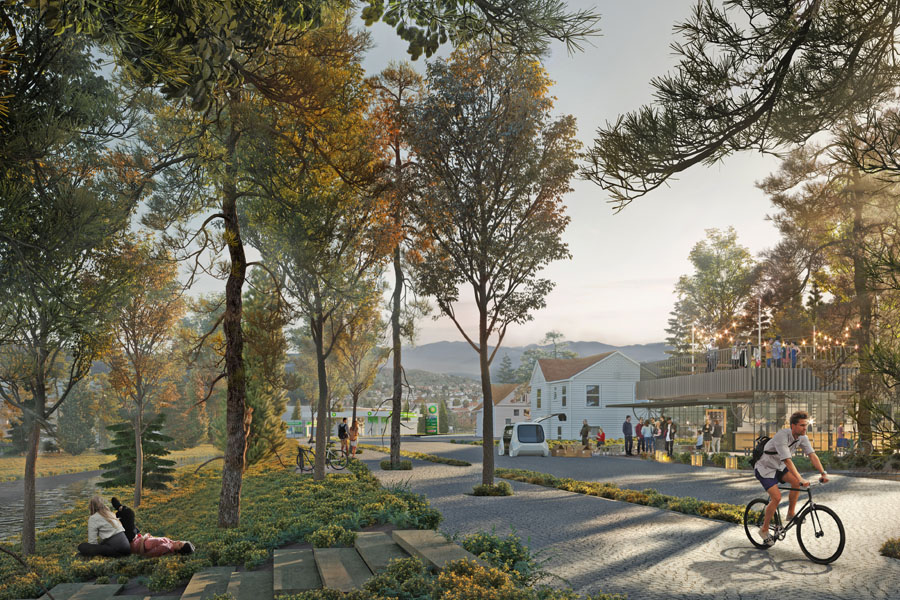Make the Backs Fronts (Again)!
Varberg (SE) - Lauréat

PORTRAIT D'ÉQUIPE
VIDEO (par l'équipe)
INTERVIEW
Cliquer sur les images pour agrandir
1. How did you form the team for the competition?
The team came into shape when Europan 16 has been launched. Getting to know each oth-er for some time, we understood our common interests in architecture and our appreciation for similar design strategies, so we joined efforts for a collaboration. Our diverse backgrounds and skills applied well to a complex competition such as Europan.
2. How do you define the main issue of your project, and how did you answer on this session main topic, Living cities?
Our project sets to restructure both the spatial fabric and the physical and socio-economic re-siliency of the site of Varberg, in response to the city expansion planned by the municipality. The task is imbued with an ecological and holistic vision, trying to sustainably link city life and natural cycles. In a time when ‘production’ has taken many more shapes and technology sometimes empties public realms, integrating different activities and involving the local com-munity can maintain the urban context alive, safe, and pleasant.
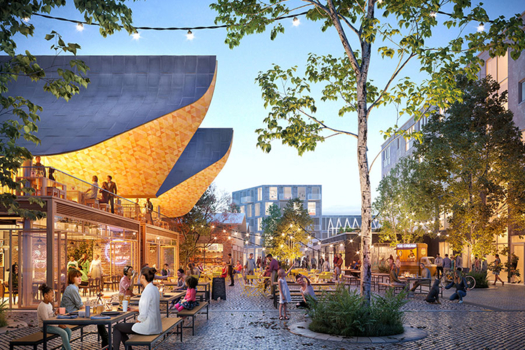

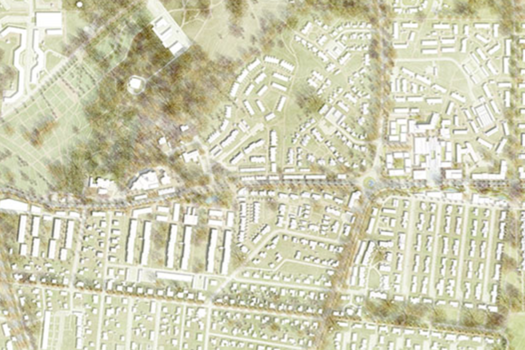
We like to think our design strategy through the concept of ‘seamlessness’ which stands for smooth transitions and it can characterise several dimensions and aspects of the project. With this idea in mind we address physical transitions, from sidewalk to lane, productive and social transfers, from one use to another, a shift of temporal activities throughout the day on the same site, and finally seasonal ecological changes of the green areas. In essence ‘seam-lessness’ roots for fruitful coexistence and for a maximisation of the resources.
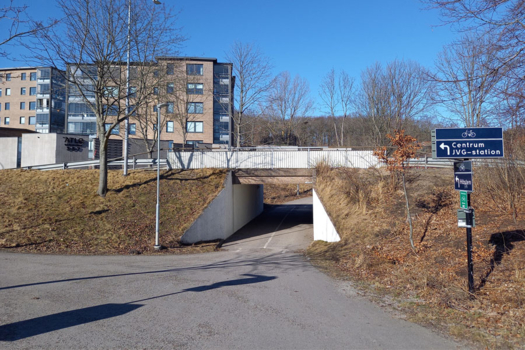
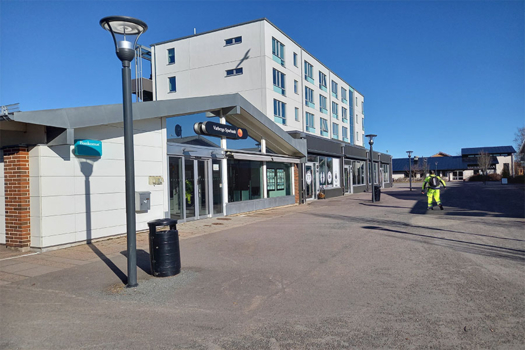
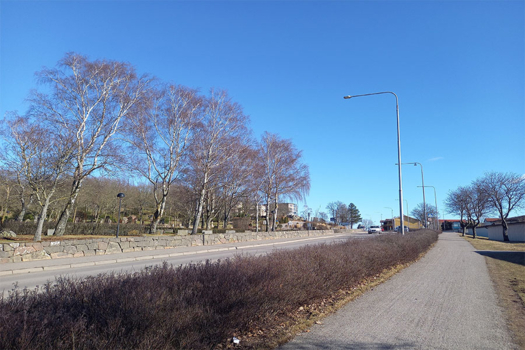
Although aimed at very different geographic or social contexts, the topic of holistic planning has been previously applied by the team through different types of project. One example is the project for the requalification of a depressed area of Porto Brandao (Europan 14 Portu-gal), where a new landscape and urban scheme, featuring the reintroduction of grape-cultivation and the injection of new key buildings aims at reactivating untapped resources of the territory. A second speculative research proposal was developed for the Mughal monu-ments along the Yamuna river in Agra (World Monument Fund and Harvard GSD funded re-search), envisioning a scenario where the precincts of the architectural heritage become pro-ductive and experimental sites as well. This includes a possible engagement of local commu-nities in spaces predominantly marketed to tourists or upper classes leisure, and otherwise culturally linked to a very distant identity. Last but not least, it is worth mentioning the trans-formation of a heavy traffic road in Weiz (Europan 15 Austria) into a lively urban axis where production sites, mobility and ecological systems not only coexists, but are essential pieces that make the streetscape work. In all these cases the project of architecture strives to facili-tate the link between communities, environment and productive activities. We borrowed from many precedents to formulate a proposal for Varberg, however, perhaps the most fundamental reference was to Jan Gehl’s work. We particularly tried to translate in our project his interpretation of the public arena and his strong ethos in community develop-ment through the urban design project.
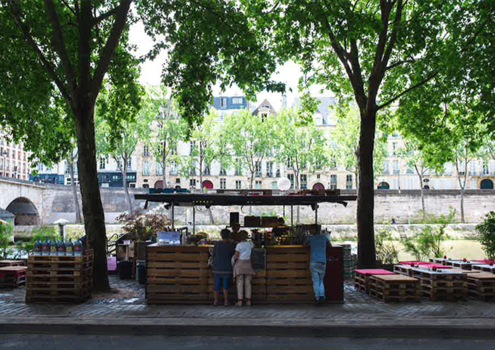

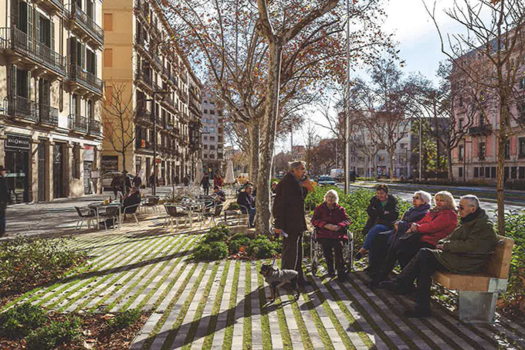
As often incorporated in the reference projects we reviewed, building a relationship with the community is the corner stone of the process. A defining moment for this approach lays in the deep knowledge and direct observation of the activities and flows of the site. The collected readings of the space will be integrated and evaluated with the community before a final in-tervention is presented. It is key to base the project on the local experiences rather than on readymade recipes. One of our team members matured experience in this process taking part in a segment of the CalamaPlus a bottom-up project in Chile, where participatory design is part of the on-going definition of a series of urban projects in the mining city of Calama. The main industries of the private sector, the city and the community worked together at a bet-tered masterplan.
6. Is it the first time you have been awarded a prize at Europan? How could this help you in your professional career?
The Team has been awarded the first prize in Europan 15 (2019). Also, our colleague David Vecchi has previous experiences with Europan; he was awarded a first prize in Europan 12 (2013) and an Special Mention for Europan 13 (2015). As it did in these cases, Europan pro-vides for us with the opportunity to access complex and interesting projects at a large scale, which are usually restricted to younger professionals. We hope this project will help us to keep building a consistent and relevant body of work.
IDENTITÉ DE L'ÉQUIPE
Agence : -
Fonction : architecture
Âge moyen des associés : 35 ans
Has your team, together or separately, already conceived or implemented some projects and/or won any competition? if yes, which ones?
All team members have between six and ten years of professional experience in Italy and abroad, and worked individually, in team or employed on a variety of architectural and urban projects, including residential, retail, urban design, requalification, competitions, exhibition cu-ration and design, and research. A selection of relevant projects individually implemented includes:
- Competitions: Europan 15 Weiz (2019 – implementation in progress), Europan 12 Porto Brandao (2013 – in Design Development at the moment), second prize for the project of the Kristiansand Art Museum and Cultural Quarter (2016).
- Exhibitions: various installations at the Venice Architecture Biennale 2014 and 2018, de-sign exhibition and curatorial project for the Chicago Architecture Biennale 2017 (curato-rial associate position).
- Construction: three single family homes in Norway between 2016 and 2018, a single fami-ly home in Spain, Casa Alhondiga 11 (project lead 2016-2017).
- Pedagogy: project coordination with Guillermo Vázquez Consuegra Arquitecto + Scuola Politecnica di Genova at the Piranesi Prix de Rome 2016.
- Research: study on the land property legal framework and their relationship with architec-tural developments in London (funded by the Richard Rogers Fellowship of the Harvard GSD 2019).
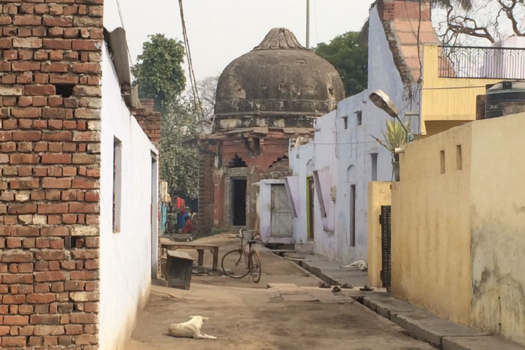
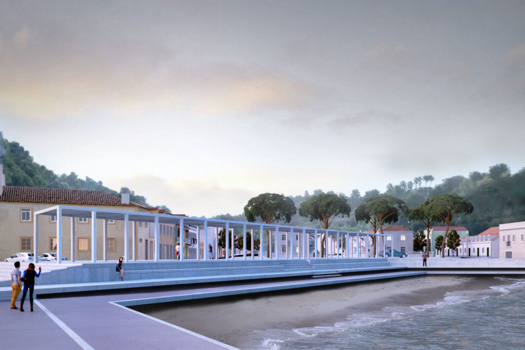

So far we have been sharing a living room in London as our main meeting and work space. Biggest feature of the room is the amazing architecture book collection!!

